
Menu
Lumps
ABOUT PRODUCT
Quartz/quartzite is a durable mineral characterized by its crystalline structure and composed mainly of silica (silicon dioxide). Its molecular arrangement consists of interconnected SiO4 silicon-oxygen tetrahedra, with each oxygen atom shared between two tetrahedra, resulting in the chemical formula SiO2. Structurally, it falls under the category of framework silicate minerals and compositionally as an oxide mineral. Quartz/quartzite ranks as the second most prevalent mineral in Earth’s continental crust, following feldspar.
Quartz and quartzite are present in two distinct forms: the regular α-quartz/quartzite and the high-temperature β-quartz/quartzite, both exhibiting chirality. At a precise temperature of 573°C (846 K; 1,063 °F), α-quartz/quartzite undergoes a sudden transformation into β-quartz/quartzite. This transformation, marked by a notable change in volume, has the potential to induce microfracturing in ceramics or rocks as they cross this temperature threshold.
Quartz Lumps
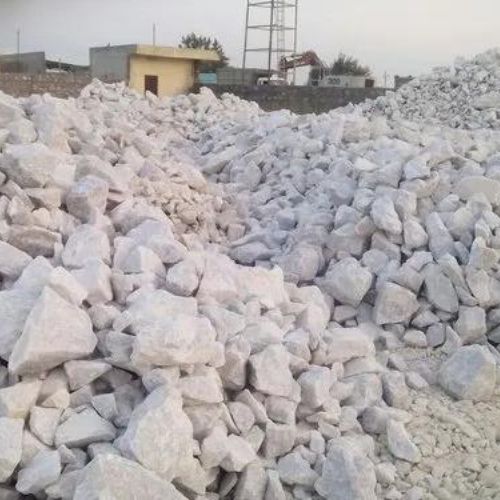
Snow-white lumps
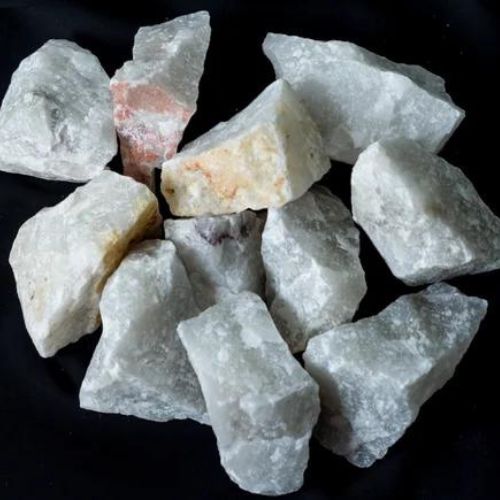
Super-semi lumps

General quartz lumps
Quartzite Lumps
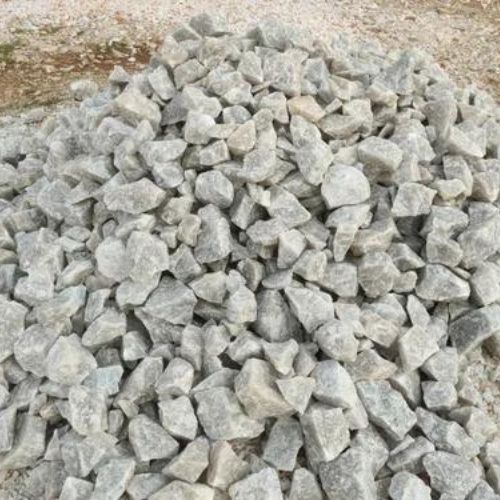
Snow-white lumps
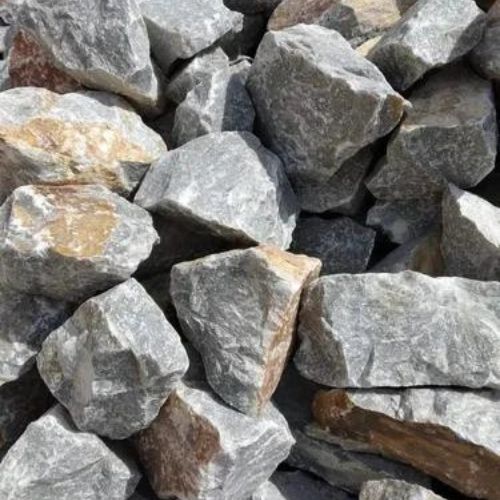
Super-semi lumps

General quartzite lumps
Different Sizes
- 10 mm grits
- 20mm grits
- 50 mm grits
- Big lumps
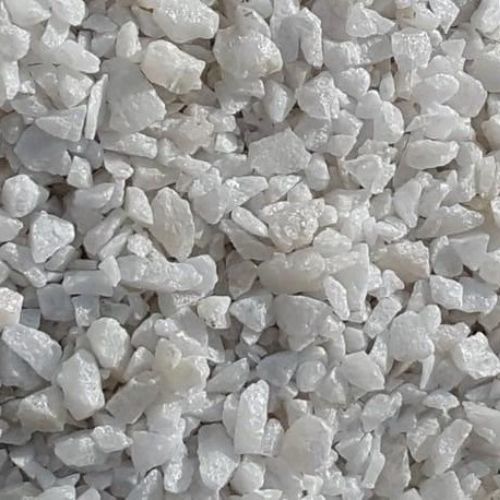
10 mm grits
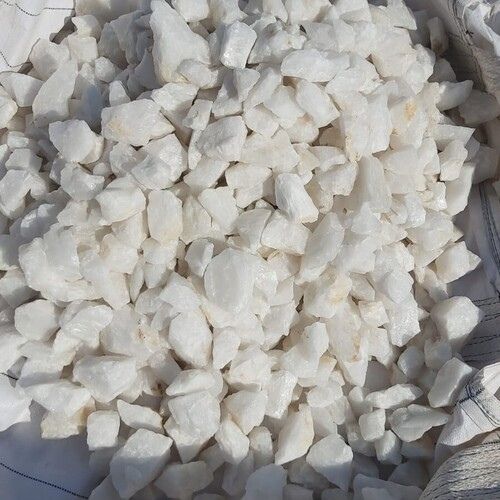
20 mm grits
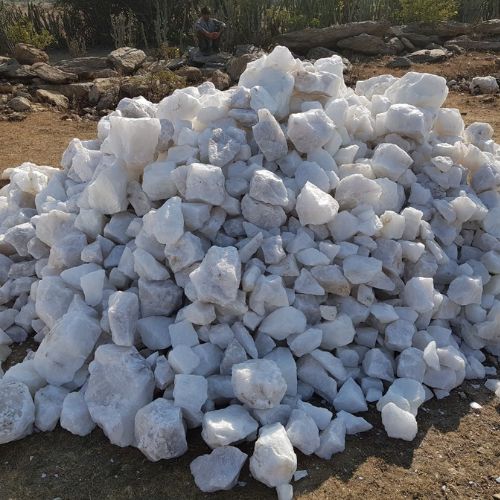
50 mm grits
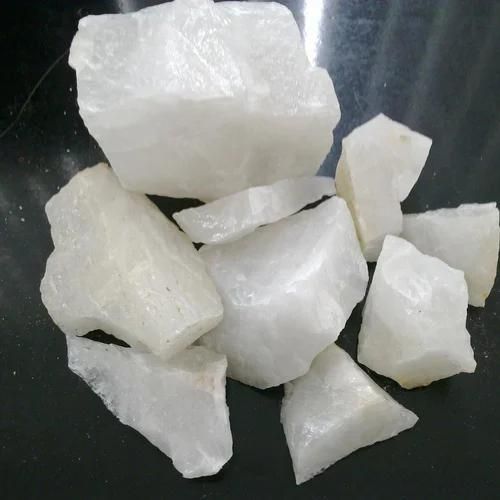
Big lumps
Specifications of Quartz Lumps
|
Sr. No |
PARAMETER |
SPECIFICATION |
|---|---|---|
| 1 | SiO2 | 98.50+ % |
| 2 | Al2O3 | 500 ppm |
| 3 | Fe2O3 | Nil |
| 4 | CaO | 30 ppm |
| 5 | MgO | 15 ppm |
| 6 | Na2O | 30 ppm |
| 7 | K2O | 30 ppm |
Specifications of Quartzite Lumps
|
Sr. No |
PARAMETER |
SPECIFICATION |
|---|---|---|
| 1 | SiO2 | 98.50+ % |
| 2 | Al2O3 | 500 ppm |
| 3 | Fe2O3 | Nil |
| 4 | CaO | 30 ppm |
| 5 | MgO | 15 ppm |
| 6 | Na2O | 30 ppm |
| 7 | K2O | 30 ppm |

Opt for DEEPAK Ramming Mass for unmatched excellence in quality, performance, and affordability. Our dedication to innovation, tailor-made solutions, and unwavering customer delight positions us as the premier choice for global industries. Enhance your furnace efficiency with DEEPAK Ramming Mass. Connect with us now to explore your unique needs and discover the distinctive advantages.
Our Products
- Silica Ramming Mass
- Asbestos Mill Board
- Sodium SIlicate
- Silica Sand
- Quartz Grains
- Lumps
- Binders
- Quartz Powder
Quick Links
Quick Contact
-
Phone Number
9829193841 | 9782626033 -
Email
deepakminerals007@gmail.com Deepak_minerals@rediffmail.com -
OFFICE
D-189 , NEAR TAGORE SCHOOL AMBABARI , JAIPUR - 302023 RAJASTHAN (INDIA) -
FACTORY-I
A-210 , RIICO INDUSTRIAL AREA BAGRU (EXTN.) JAIPUR , RAJASTHAN
© 2024 Deepak Ramming Mass, All Rights Reserved, Designed & Devloped By Workbinders
